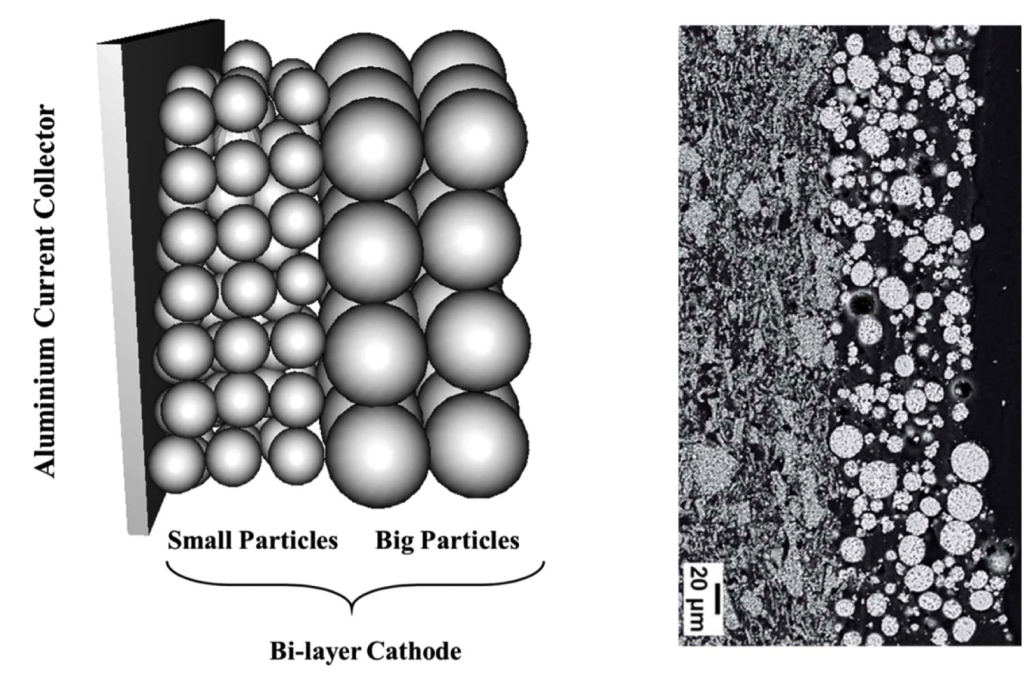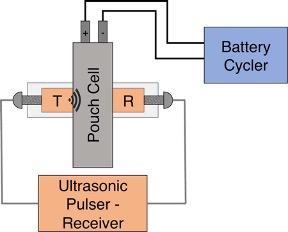By Kent Griffith
June 24, 2022 | Innovators in battery technology have created start-ups across the value chain in the areas of raw materials, new electrode and electrolyte chemistries, additives and coatings, recycling, and battery intelligence. A special session of the last Advanced Automotive Battery Conference (AABC) brought together early- and late-stage start-ups along with market advisors and venture capital funds to explore the battery entrepreneurship and investment ecosystem. We first share analyst and investor insights before following the journey of several of these start-ups from AABC through the first half of 2022.
The EnerTech Innovation & Investment Forum was opened with a sector overview by James Frith in his role as Head of Energy Storage at BloombergNEF. Frith has since joined Christopher Claxton, the Forum organizer and chairperson, at Volta Energy Technologies. As motivation for advances in battery technology, BloombergNEF predicts global battery electric vehicles sales to reach 50% penetration by 2035 with an annual battery production of nearly 4750 GWh (up from 300 GWh in 2021). However, the slow uptake of EVs and continued emissions from legacy combustion vehicles would prevent us from reaching net-zero tailpipe emissions by 2050. In order to meet that target, BloombergNEF predicts about 3x batteries would be required by 2035. Scaling of this magnitude would face severe material supply constraints with the battery minerals in use today.
Sam Jaffe, ESource, could be called a pessimist when it comes to new battery chemistries. Concerned by the long timeline of materials science, he would rather hear about incremental advances outside the cell, on the production line, or to charging protocols than changes to the materials within. These “incremental” advances should not be overlooked—they are responsible for a substantial portion of the year-over-year energy density gains in lithium-ion batteries over the past 30 years.
Others, like Jeff Chamberlain, also of Volta Energy Technologies, invest in the belief that there will be winners at all levels and big bets of advanced chemistries can pay off in the long run. After starting his career in integrated circuits, he moved to batteries and led the team at Argonne National Laboratory that licensed their NMC cathode technology. Indirectly supporting Jaffe’s point about materials development timelines, Chamberlain relayed a story from Venkat Srinivasan, a director of the Argonne Collaborative Center for Energy Storage Science. Srinivasan has been saying for 20 years that now is the best time to be in batteries, “And now he may actually be right” Chamberlain said.
Chamberlain told battery investors, “The opportunity is once in a lifetime. The market is here, and it’s going to grow incredibly rapidly. Sub-message: caveat emptor.” There was a parallel message for entrepreneurs, “The capital flowing into our sector is causing overvaluations.” The risk, he says, is that it can be hard to meet an inflated valuation, leading to a down round or even bankruptcy (he listed several examples). He also noted that not everything can be a 10x return, but Volta must see a pathway to 10x in order to invest, which makes it nearly impossible to get involved with companies pursuing multibillion dollar SPACs.
As part of the Innovation & Investment Forum, eight early-stage start-ups were invited to participate in a pitch competition. The start-ups represented new anode materials (COnovate, Sionic Energy), additives (Ten-Nine Technologies), coatings (Coreshell), battery monitoring and intelligence (Feasible [now Liminal], ReJoule Energy), electrolytes (Automat Solutions), and electrode engineering (Enpower).
COnovate is seeking to commercialize a form of solid carbon monoxide, an oxidized form of graphene, as a nanomaterial for advanced lithium-ion anodes. A spin-out of the University of Wisconsin-Milwaukee, the company is led by co-founder and CEO Carol Hirschmugl, and raised an initial funding round in mid 2021 and nearly $1M in SAFE (Simple Agreement for Future Equity) financing in early 2022. Sionic Energy is also developing a new anode; however, they are looking to replace graphite with pure silicon. Sionic was initially NOHMs Technologies, a spin-out from Cornell University in 2011. The rebranding in 2021 came after the company licensed silicon IP from the University of Colorado, Boulder, to go along with their body of work on advanced electrolytes as NOHMs. Surya Moganty, the CSO, presented Sionic’s vision for high-energy lithium-ion batteries based on inexpensive, metallurgical-grade silicon rather than the costly nanoscale silicon–carbon composites and nanowires pursued by most silicon companies.
Jonathan Tan, CEO and Co-founder of Coreshell, described its nanolayer coating that mitigates battery degradation and could be integrated in a roll-to-roll manner on new battery electrode lines. Since presenting at AABC, Tan led his team to a $12M Series A in early 2022. Ten-Nine, represented at AABC by co-founder and CEO Paige Johnson, makes a nanoparticle additive for applications in both primary and rechargeable battery cells. They raised a $10M Series A in 2020 and are looking toward a $30M Series B in 2022. Under the leadership of co-Founder and CEO Steven Chung, ReJoule is looking to improve battery state-of-health monitoring through a rapid electrochemical impedance spectroscopy (EIS) measurement combined with machine learning models. Having raised $4.8M in non-dilutive funding, ReJoule is targeting EV dealerships, fleet managers, and automotive resellers that will need fast, reliable, and cost-effective state-of-health determination at the battery module and pack level.
Automat Solutions, led by CEO Leon Wang, is using artificial intelligence and robotics to identify and validate novel liquid electrolyte combinations that could enable high-energy lithium metal anodes. Armed primarily with about $1.5M in Small Business Innovation Research funding from the US Department of Energy, Automat has scaled to 16 kg batch electrolyte production and is targeting ton-scale manufacturing at less than $100/kg. Annette Finsterbusch, President and CEO of EnPower, is aiming to solve the trade-off between energy cells and power cells through the use of multilayer graded electrodes (Figure 1). EnPower is a spin-out from Rice University with a go-to-market strategy of small-volume cell manufacturing, though licensing will be considered in the future. Toward this goal, they recently purchased a factory in Indianapolis, IN capable of producing up to 0.8 GWh/year.

And the winner of the AABC Start-up Prize, Liminal! The company offers an integrated hardware/big data solution to cell-level quality control, potentially measuring every cell coming off a gigafactory line. Andrew Hsieh, Co-founder and CEO, sees cell finishing as the initial target market for their unique ultrasound (acoustic) technology (Figure 2). Ultrasound pulses not only report a unique signature for every battery chemistry and format, they can also differentiate off-specification cells in real-time, alerting the factory to a potential production issue and saving precious time and money on cells that would inevitably be destined for scrap. The signals generated from ultrasonic monitoring correspond to physical features within the cell, but they are generally buried under a level of complexity that prevents assigning specific data features to specific physical properties. That is where the machine learning and data analytics side of Liminal’s platform comes into play. Since winning the pitch competition, Liminal has rebranded from Feasible and raised an $8M Series A as they work toward commercialization of their Echostat product.

It is worth noting that six of the eight start-ups are built around nanomaterials or AI/machine learning. The theme could perhaps be small materials and big data.
The event wrapped up with some advice from Jeff Chamberlain to entrepreneurs: raise enough capital to create runway (a year is not enough), start working with customers and co-suppliers as early as possible, and remember that a small piece of an enormous pie is better than a large slice of nothing.







